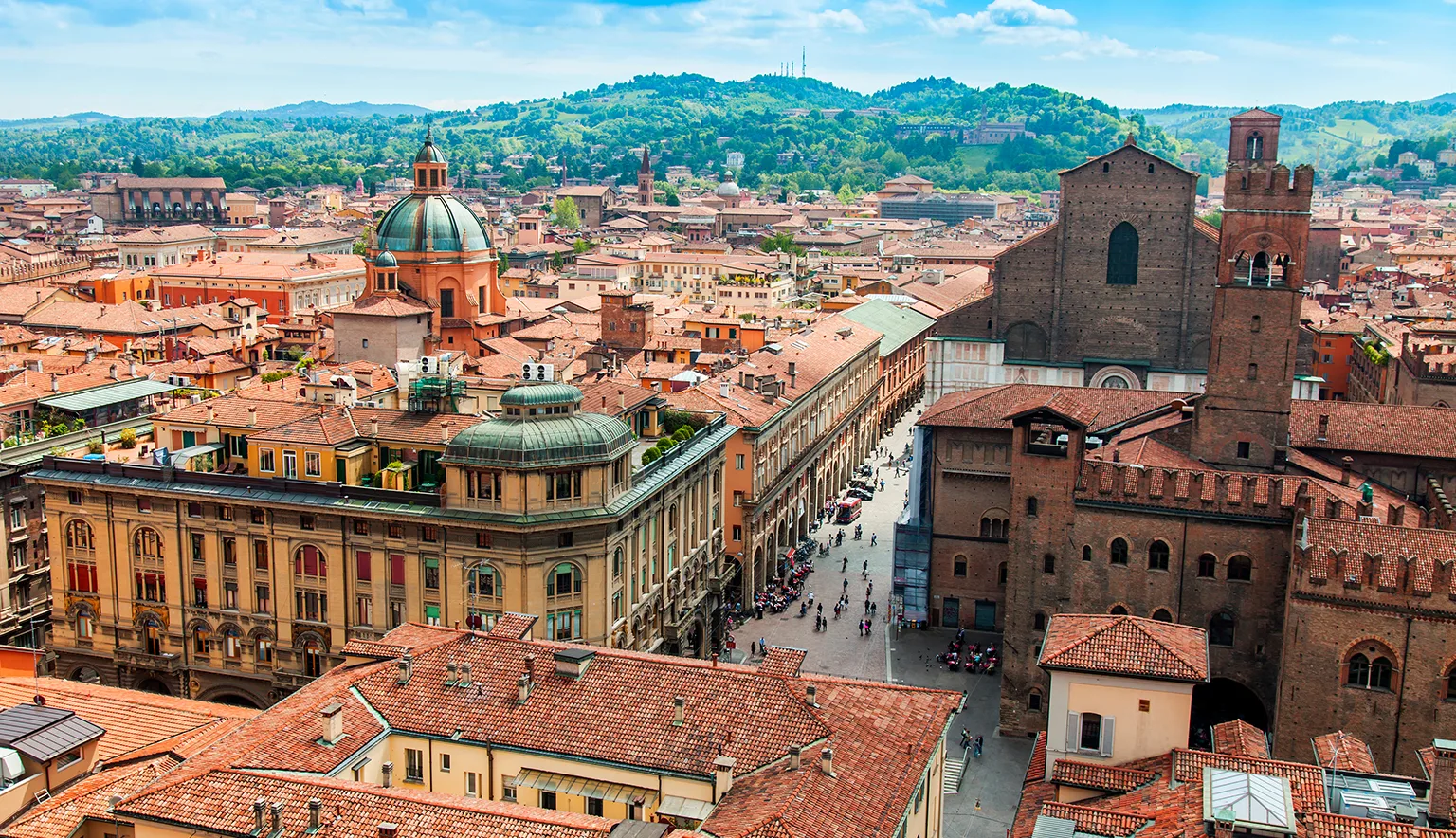Tomaso Antonio Vitali, born in Bologna, Italy, in 1663, was a violinist and composer who left an indelible mark on the world of Baroque music, despite being somewhat overshadowed by his more famous contemporaries. The son of Giovanni Battista Vitali, a renowned violinist and composer in his own right, Tomaso was immersed in music from an early age, inheriting his father’s passion and talent for the violin.
Growing up in Bologna, a city known for its rich musical culture, young Tomaso was exposed to the vibrant artistic scene of late 17th-century Italy. He received his early musical education from his father, quickly developing into a skilled violinist. The Vitali household was likely filled with the sounds of practice and composition, as both father and son honed their craft.
Tomaso’s career took a significant turn when he moved to Modena, a city that would become his home for the rest of his life. In 1685, at the age of 22, he was appointed as the leader of the orchestra at the court of Duke Francesco II d’Este. This position not only provided Vitali with financial stability but also gave him the opportunity to compose and perform for one of the most prestigious courts in Italy.
During his time in Modena, Vitali’s reputation as a violinist and composer grew. He was known for his technical skill and expressive playing, qualities that he brought to his compositions as well. While his output was not as prolific as some of his contemporaries, the works he did produce were marked by their quality and innovation.
One of Vitali’s most significant contributions to the violin repertoire is his famous “Chaconne in G minor.” This piece, with its haunting melody and complex variations, has become a staple of the violin repertoire and continues to challenge and inspire violinists to this day. The “Chaconne” is notable for its emotional depth and technical demands, showcasing Vitali’s understanding of the violin’s capabilities and his ability to create music that pushes the boundaries of what was possible on the instrument.
Interestingly, the authenticity of the “Chaconne” has been a subject of debate among musicologists. Some argue that the piece’s harmonic language and structure are more reminiscent of later Romantic-era compositions. However, regardless of its exact origins, the work remains closely associated with Vitali and continues to be performed and recorded by violinists around the world.
Beyond the “Chaconne,” Vitali composed a number of other works for violin, including sonatas and trio sonatas. These pieces, while less well-known than the “Chaconne,” demonstrate his skill in crafting melodic lines and his understanding of Baroque musical forms. His compositions often feature intricate counterpoint and expressive melodies, reflecting the musical style of his time while also pushing it in new directions.
Vitali’s influence extended beyond his compositions. As a teacher and mentor, he played a crucial role in shaping the next generation of Italian violinists. One of his most famous pupils was Girolamo Nicolò Laurenti, who went on to become a renowned violinist and composer in his own right. Through his teaching, Vitali helped to perpetuate the Italian violin tradition, passing on his knowledge and skills to younger musicians.
Despite his contributions to music, Vitali’s life outside of his professional achievements remains somewhat shrouded in mystery. Unlike some of his more famous contemporaries, we have limited information about his personal life or his interactions with other musicians of his time. This lack of biographical detail has perhaps contributed to his relatively lesser-known status compared to other Baroque composers.
Tomaso Antonio Vitali passed away in Modena in 1745, leaving behind a legacy that, while not as widely recognized as some of his peers, has nonetheless endured through the centuries. His “Chaconne” in particular has ensured that his name continues to be known and respected in musical circles.
In recent years, there has been a renewed interest in Vitali’s work, with musicians and musicologists alike seeking to uncover more about this enigmatic figure of the Baroque era. His music, with its blend of technical brilliance and emotional depth, continues to resonate with modern audiences, offering a window into the rich musical world of 17th and 18th century Italy.
Tomaso Antonio Vitali’s story is one of quiet dedication to his art. While he may not have achieved the fame of a Vivaldi or a Corelli during his lifetime, his contributions to the violin repertoire, particularly through his “Chaconne,” have secured his place in the pantheon of great Baroque composers. His life and work serve as a reminder that sometimes, it is the hidden gems of music history that shine the brightest across the centuries.

